Got 10 minutes and a drawer full of LEGO chaos? You're definitely not alone in this daily battle. Those tiny bricks that spark endless creativity can quickly transform into a household nightmare when they're scattered everywhere. Professional organizers report that LEGO storage ranks among parents' biggest challenges, with pieces migrating to every corner of the house like determined little explorers.
Smart storage solutions can completely transform this daily frustration into an organized system that actually encourages more building time. Research shows that proper organization saves time during builds, helps kids clean up independently, and protects valuable sets from getting lost or mixed up. When you can actually find that one specific piece you need in under 30 seconds instead of 10 minutes, building becomes pure joy instead of an archaeological expedition.
Clear drawer systems that actually work
Transparent plastic organizers with adjustable dividers offer the most flexible approach to LEGO management that consistently works across different family situations. These systems adapt as collections grow, accommodating everything from tiny connector pieces to specialized elements without missing a beat. The stackable designs maximize vertical space while maintaining easy access to frequently used bricks—crucial for maintaining momentum during building sessions.
Color sorting works best for younger builders who hunt visually rather than by specific piece type. Each drawer gets dedicated to red, blue, green, or other primary colors, making it incredibly intuitive for kids to find what they need. Start with basic color sorting in large compartments, then subdivide popular colors as your collection grows—red bricks might eventually need separate sections for standard bricks versus specialty pieces like wheels or slopes.
Professional organizers recommend adding bold labels, and even non-readers can follow a simple color-coding system when you attach actual LEGO bricks to drawer fronts as visual cues. This approach scales beautifully from toddler collections to serious builder inventories.
IKEA hacks that transform toy storage
The IKEA Trofast system creates a comprehensive LEGO organization center with removable bins that children can handle independently—and that's the key to long-term success. Each colored bin represents different categories like red for vehicles, blue for buildings, or green for minifigures. The genius lies in the removable aspect; kids can grab the bin they need and carry it to their building space without disrupting the entire system.
Multiple frame sizes accommodate various room configurations while maintaining a cohesive look throughout the space. The 3×3 configuration works perfectly for smaller bedrooms, while the larger 4×4 setup handles extensive collections in playrooms or basements.
The Kallax system offers even more flexibility, which explains why it's become the go-to choice for serious LEGO families. You can customize it with drawers for loose pieces, doors to hide everyday chaos, hanging organizers for instruction manuals, or open cubes for display sets. Both systems provide child-friendly access at appropriate heights while growing seamlessly with expanding collections.
What makes these IKEA solutions particularly brilliant is their ability to blend with adult décor—they don't announce "toy storage" in your living spaces while keeping everything accessible for kids.
Mobile solutions for flexible families
Rolling storage carts provide unprecedented flexibility for families with limited dedicated play space—and let's face it, that's most of us these days. These multi-tiered units offer ample sorting opportunities while smooth-rolling casters enable effortless movement between rooms or storage locations. This mobility becomes crucial during homework time when the dining table needs clearing, or when grandparents visit and the living room requires quick transformation.
Professional organizers suggest dedicating different tiers to specific strategies—one level for basic bricks sorted by color, another for specialty pieces like gears and wheels, and a third for works in progress. The vertical design maximizes storage capacity without consuming valuable floor space, making them perfect for apartments or homes where every square inch counts.
The beauty of a rolling system extends beyond storage—it can disappear into closets when company arrives, roll onto porches for outdoor building sessions, or move between siblings' rooms as interests shift. Position the cart near storage but away from high-traffic areas so kids have space to spread out without blocking family pathways.
Hidden storage that saves space
Under-bed systems with sliding drawers maximize forgotten space while keeping collections accessible—this approach works particularly well for bedrooms where floor space is limited but building enthusiasm runs high. Choose containers that slide smoothly and aren't so deep that pieces get lost in back corners. Rolling bins work particularly well since kids can pull them completely out for easy access.
Window seat storage combines cozy reading nooks with practical organization, incorporating built-in drawers that hold LEGO boxes and instruction manuals. Storage ottomans serve triple duty as coffee tables, footstools, and hidden containers, making them perfect for family rooms where toys need to disappear quickly when the doorbell rings.
Create a simple rotation system to make hidden storage work effectively—swap out stored collections monthly so kids rediscover "new" sets while maintaining excitement. This prevents the "out of sight, out of mind" problem that can make hidden storage counterproductive.
Specialty storage for serious builders
Hardware organizers and tackle boxes excel at storing tiny specialty pieces that often get lost in larger containers—you know, those wheels, gears, and minifigure accessories that somehow vanish into the LEGO bermuda triangle. These compartmentalized systems keep every unique element separate and findable, which becomes increasingly important as collections grow more sophisticated and building projects become more complex.
Mesh zipper pouches offer an innovative solution for keeping individual sets together. Simply attach the box front as a label and store all pieces from that specific set in one portable bag. This method works especially well for families who prefer building complete sets rather than free-form creation, and it makes seasonal storage simple—Halloween sets can hibernate until October without losing a single piece.
Choose compartmentalized storage when you're frequently looking for specific pieces during complex builds, or set-specific storage when you want to preserve the ability to rebuild favorite models months later.
Display solutions that inspire creativity
Wall-mounted pegboard systems with customizable hooks, baskets, and shelving components turn vertical space into interactive storage galleries. These systems provide both organization and inspiration, keeping frequently used pieces visible and accessible while creating an impressive display that showcases your family's LEGO passion. Rotate displayed collections monthly to maintain visual interest and prevent storage stagnation.
Rotating towers bring every stored item within reach through simple rotation, with multiple tiers providing extensive capacity in a compact circular footprint. There's something almost magical about spinning a tower to reveal different collections—it turns organization into part of the play experience itself.
Glass display cases protect completed builds from dust and curious pets while showcasing impressive creations as room décor. This approach works particularly well for valuable collector sets or elaborate builds that took weeks to complete, transforming LEGO storage from hidden necessity into proud home showcase.
Smart labeling systems that stick
Visual labels work better than text for non-readers and busy families who are rushing through cleanup time. Attach actual LEGO bricks to drawer fronts as color cues—a red 2x4 brick signals the red piece drawer immediately and unmistakably. Photo labels showing actual contents eliminate guesswork and speed up both building and cleanup sessions, especially helpful for specialty piece containers.
Age-specific labeling strategies make systems work for everyone: picture labels for preschoolers, color-coded systems for early readers, and detailed text labels for older builders who can handle complex categorization. Chalkboard labels allow easy updates as organizational needs evolve—what starts as simple color sorting might develop into systems organized by theme, piece type, or building function.
Professional organizers emphasize that clear labeling removes guesswork and helps maintain systems long-term. When everyone in the family knows exactly where things belong, the system actually stays organized instead of gradually descending back into chaos.
Building stations that contain the mess
Dedicated building areas prevent LEGO chaos from spreading throughout the house like a colorful plague. A workstation with integrated storage encourages hours of focused play while keeping supplies organized and contained. Position the building station near storage but away from high-traffic areas—kids need space to spread out without blocking family pathways.
Building trays with raised edges contain small pieces and prevent them from disappearing into carpet fibers—because we've all spent way too much time crawling around looking for that one crucial piece. These portable surfaces can be old cookie sheets, specialized LEGO trays, or DIY solutions with velcroed-on baseplates. The key is creating surfaces that can move between formal building areas and spontaneous creation spots.
The psychological effect of a dedicated building space transforms building from chaotic play into intentional creativity. When kids have a special place that's just for LEGO building, they tend to treat both the space and the activity with more respect and focus.
Maintenance strategies that actually work
The most brilliant storage system fails without consistent maintenance habits—I've seen Pinterest-perfect organizations crumble within weeks because nobody thought about upkeep. Organizing experts recommend involving children in sorting to build responsibility and color recognition skills. Weekly sorting sessions become opportunities to practice color recognition, counting, and categorization skills while maintaining the system.
Keep a "lost and found" container for random pieces discovered around the house—you'll be amazed how many LEGO pieces turn up in the strangest places like laundry baskets, car cup holders, and jacket pockets. Set aside regular time, whether weekly or monthly, to restore order and sort new acquisitions from birthdays and holidays.
The goal isn't perfection but making building more fun, easier, and far less chaotic for the whole family. A little maintenance prevents overwhelming "everything's mixed up" moments that make parents want to ban LEGO from the house entirely.
Making it work for your family
Remember, there's no one-size-fits-all solution to LEGO organization. What works depends on your children's ages, building preferences, available space, and family lifestyle. A system that's perfect for a focused eight-year-old who builds sets methodically might be completely wrong for twin five-year-olds who prefer creative free-building.
Start with one simple system—maybe clear bins sorted by color—and build complexity gradually as your family's needs become clearer. Consider your real-world patterns: Do builds happen at a dedicated table or wherever inspiration strikes? Do kids prefer following instructions or free-building? Are you dealing with one focused builder or multiple kids with different interests?
The best storage system is the one your family will actually use, so choose solutions that work with your natural habits rather than against them. With the right approach, those scattered bricks transform from daily frustration into organized inspiration for countless building adventures. The goal is spending more time creating amazing things and less time hunting for missing pieces—and keeping the living room comfortable for bare feet.




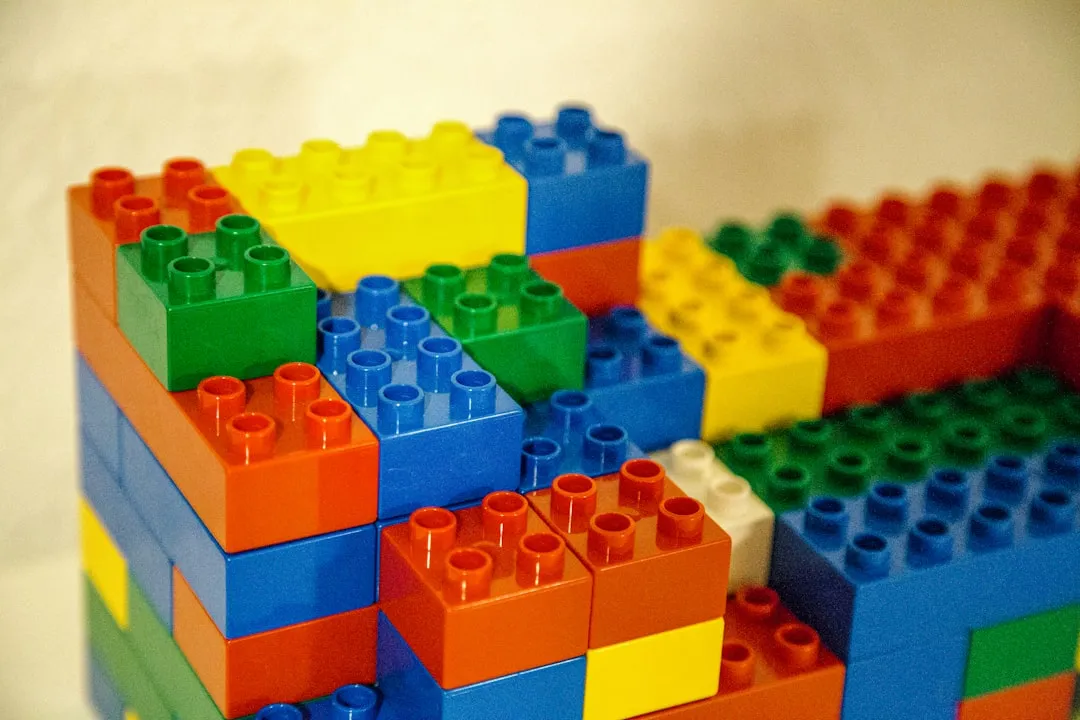
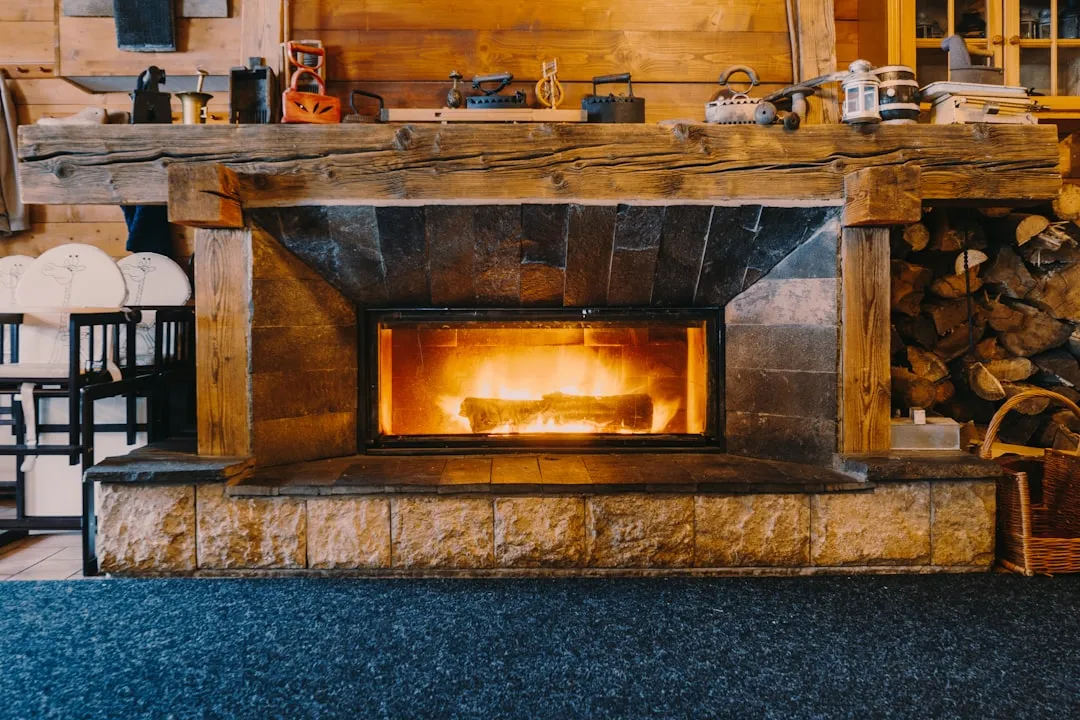
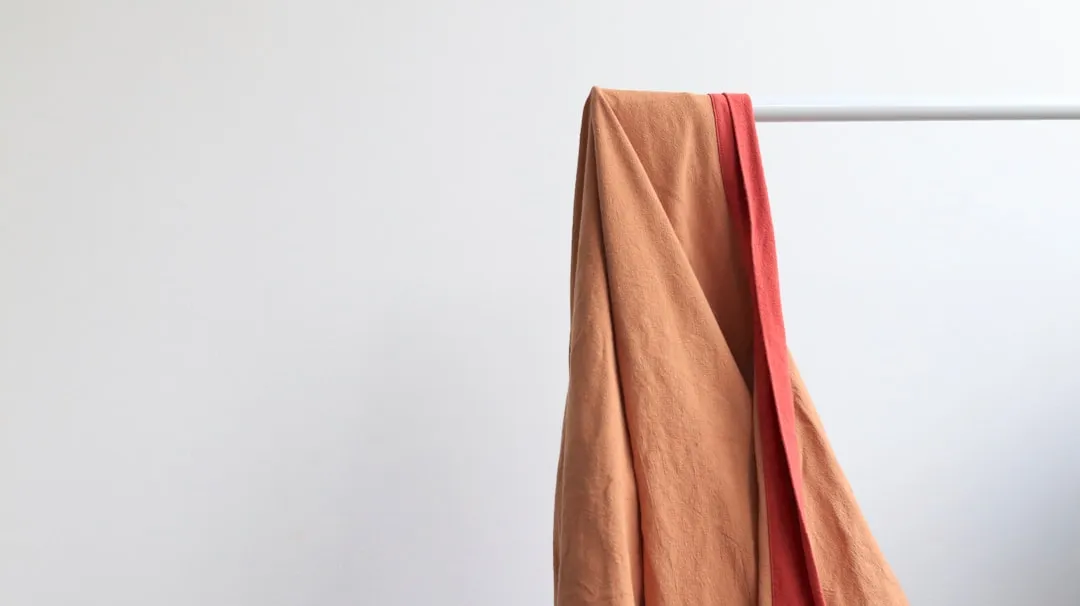

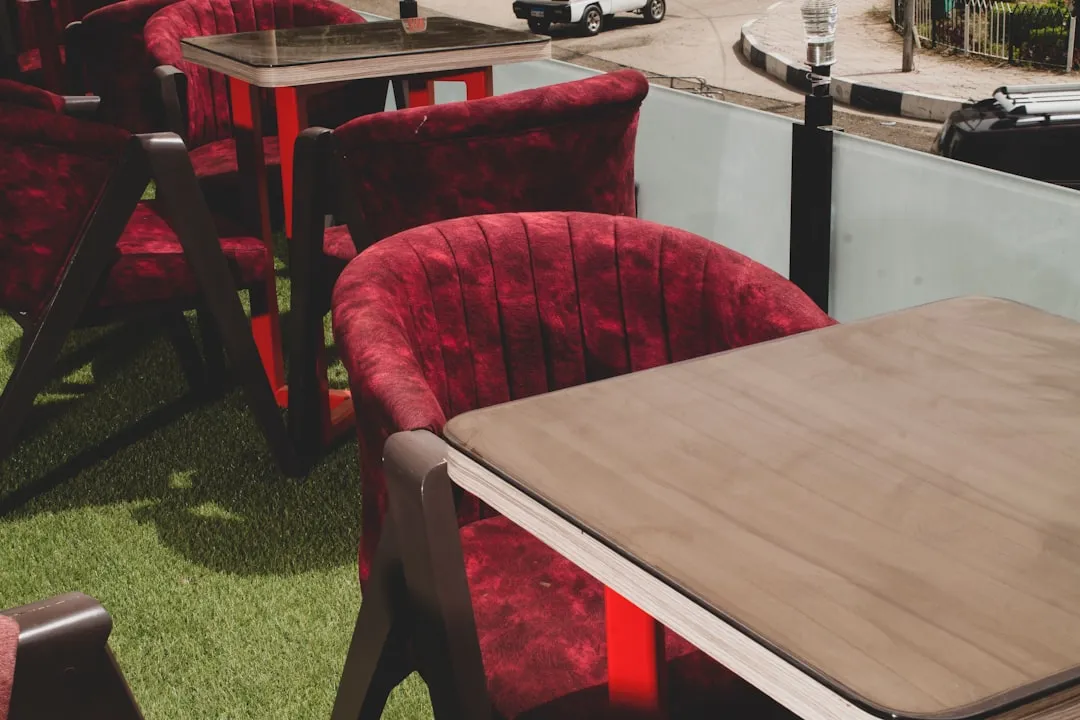
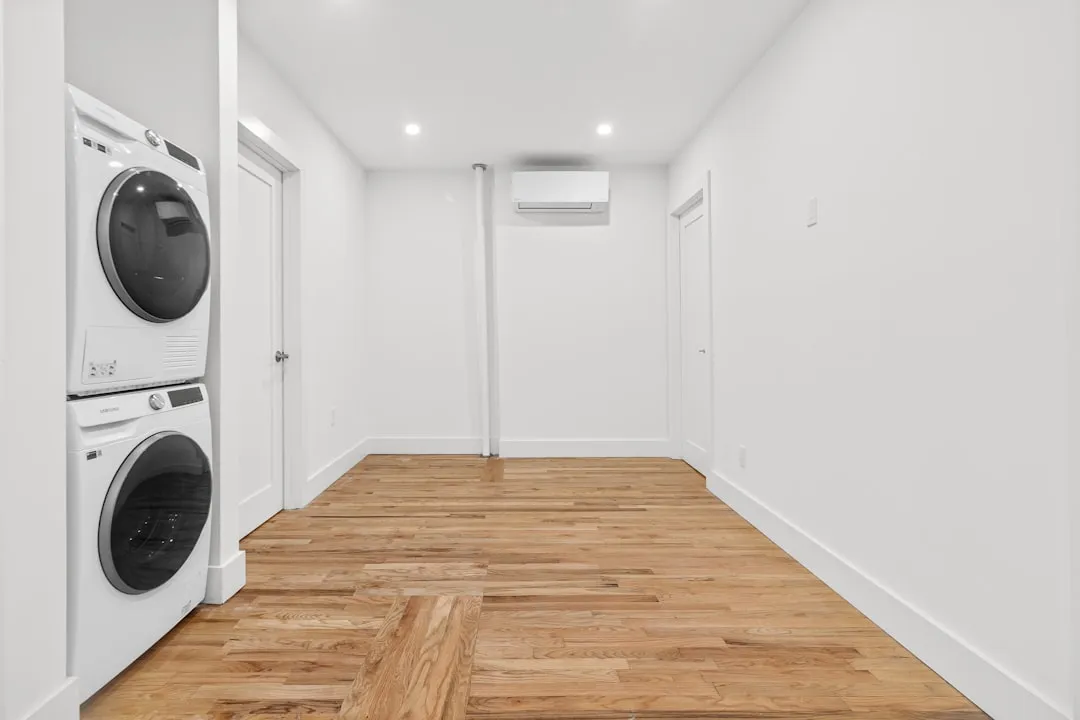
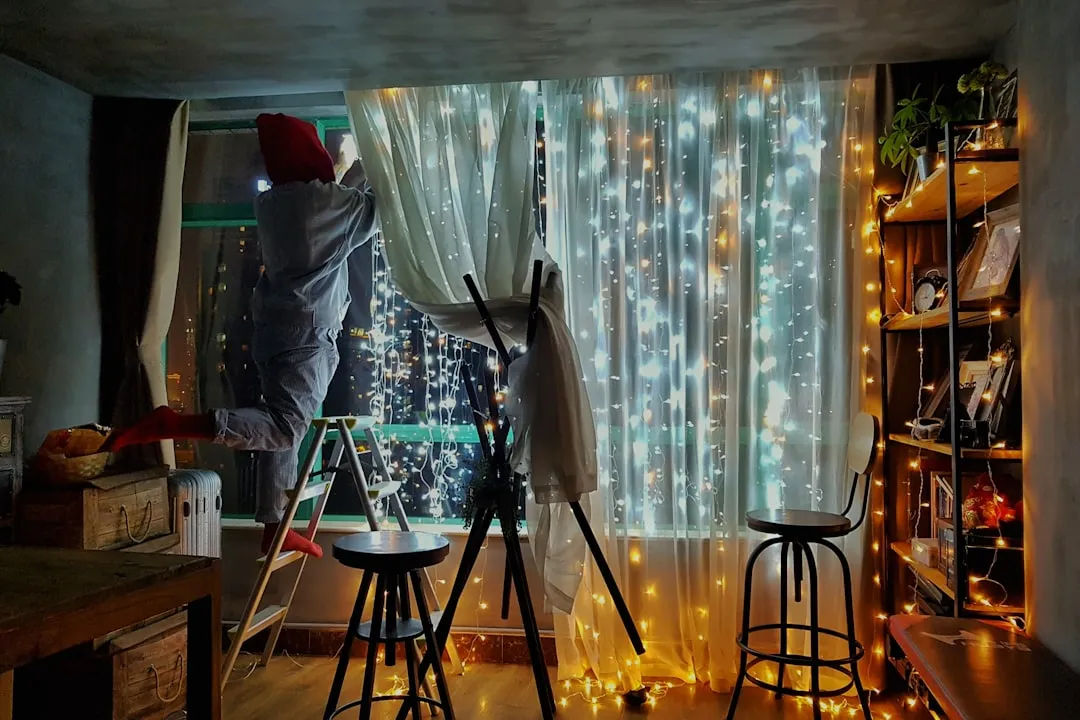
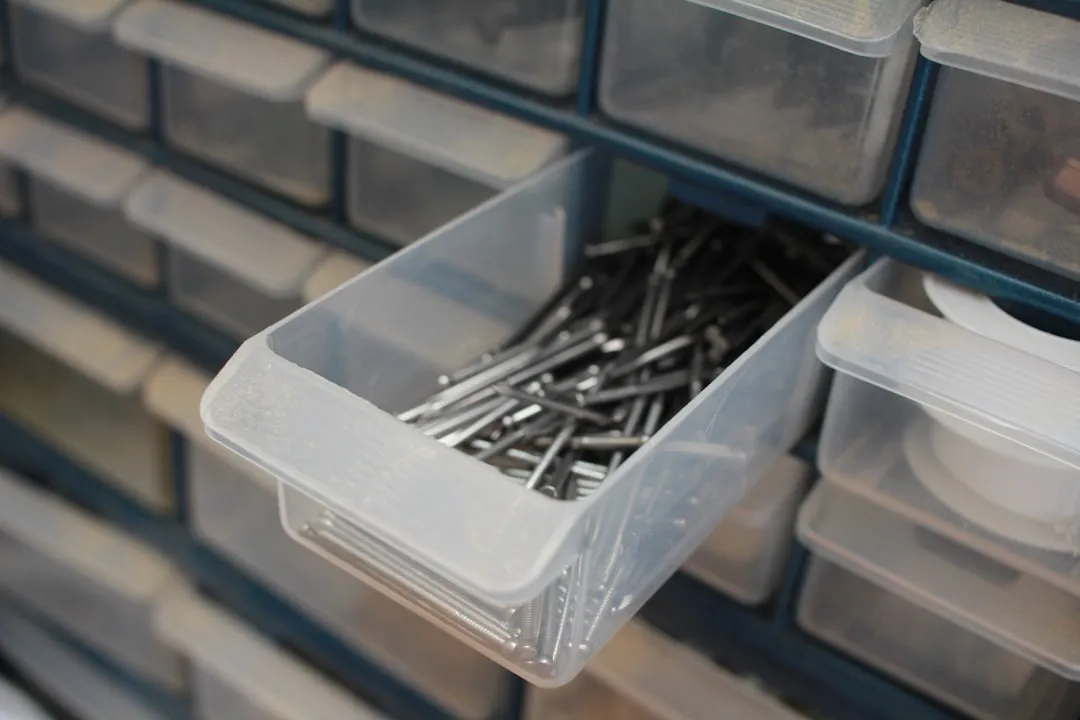



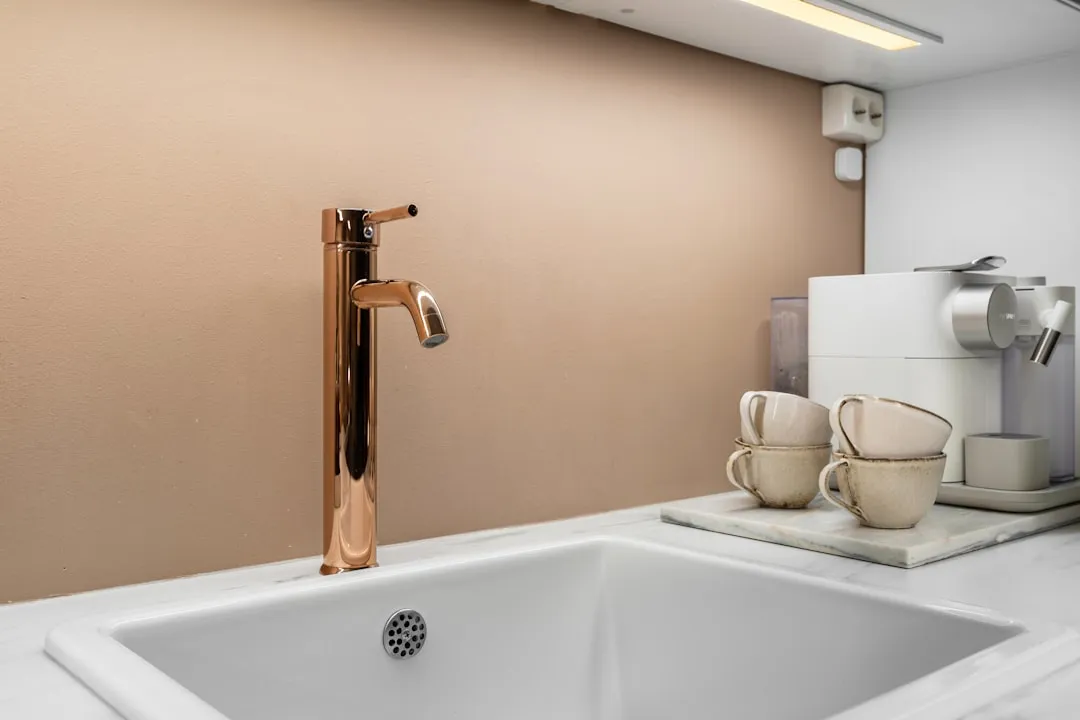
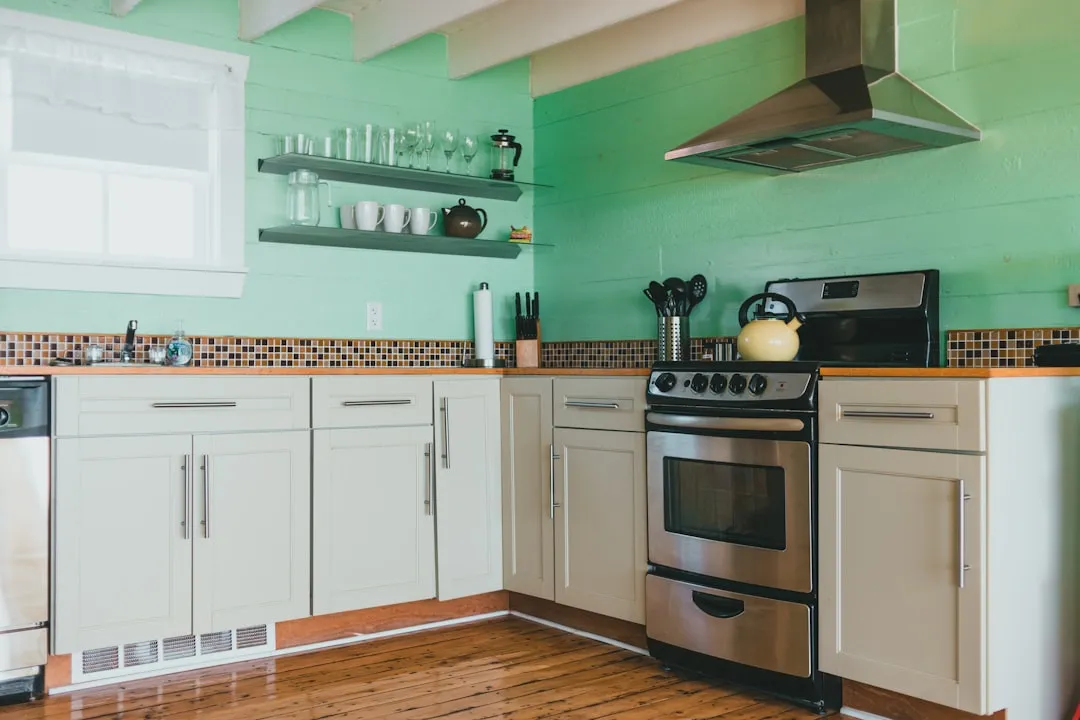


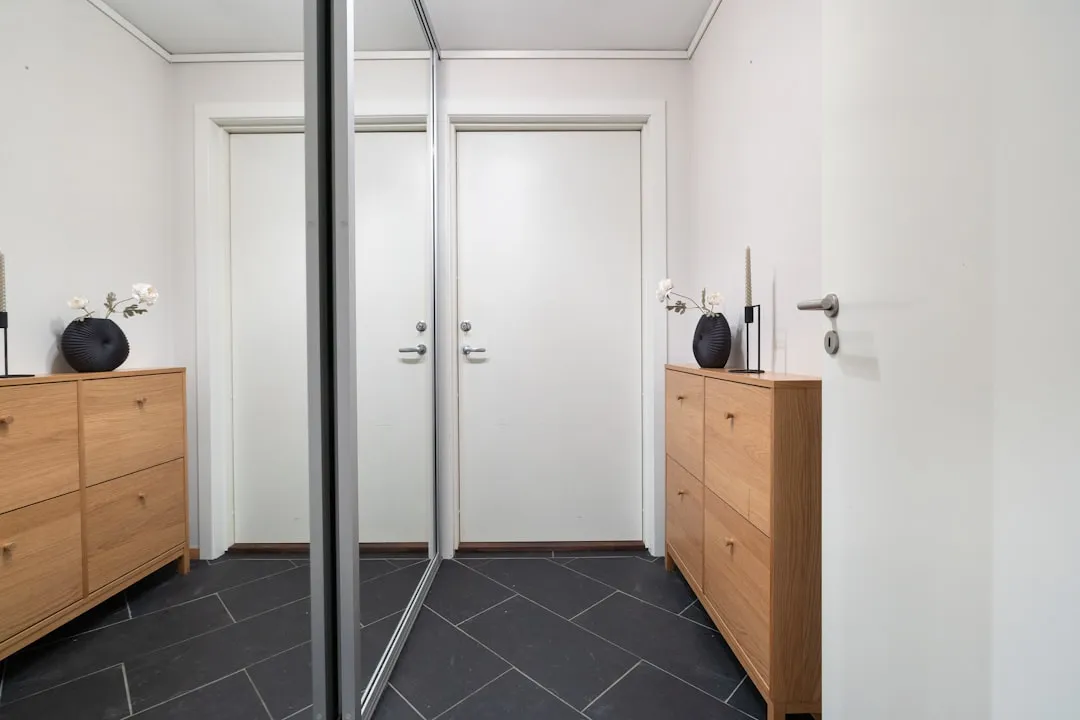
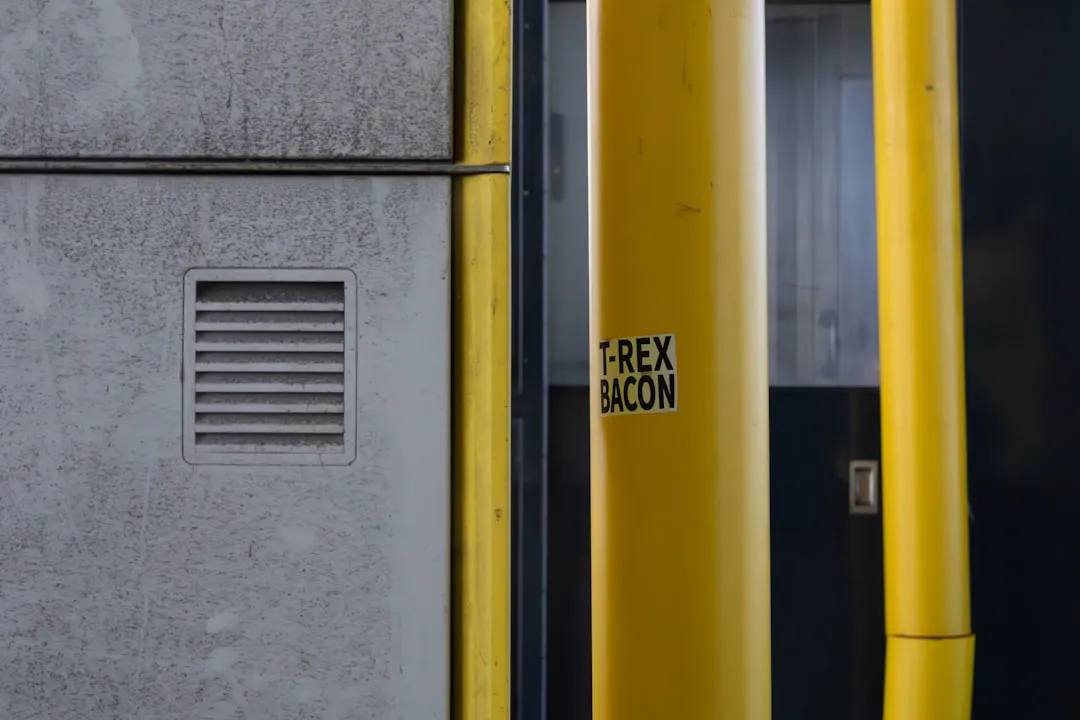
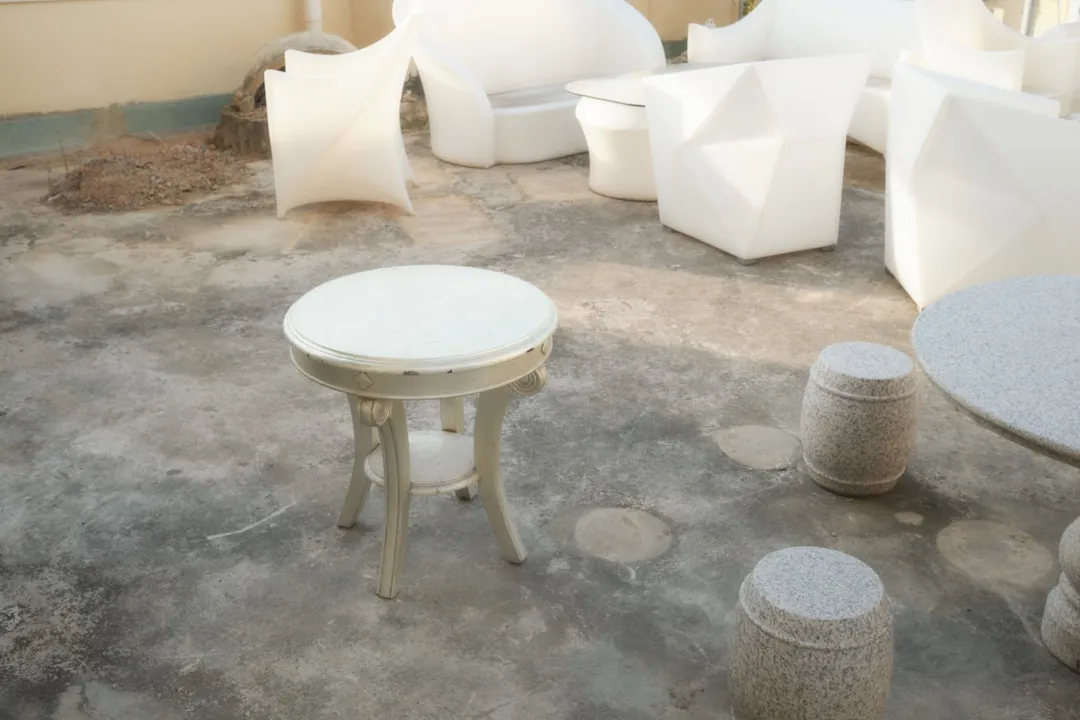
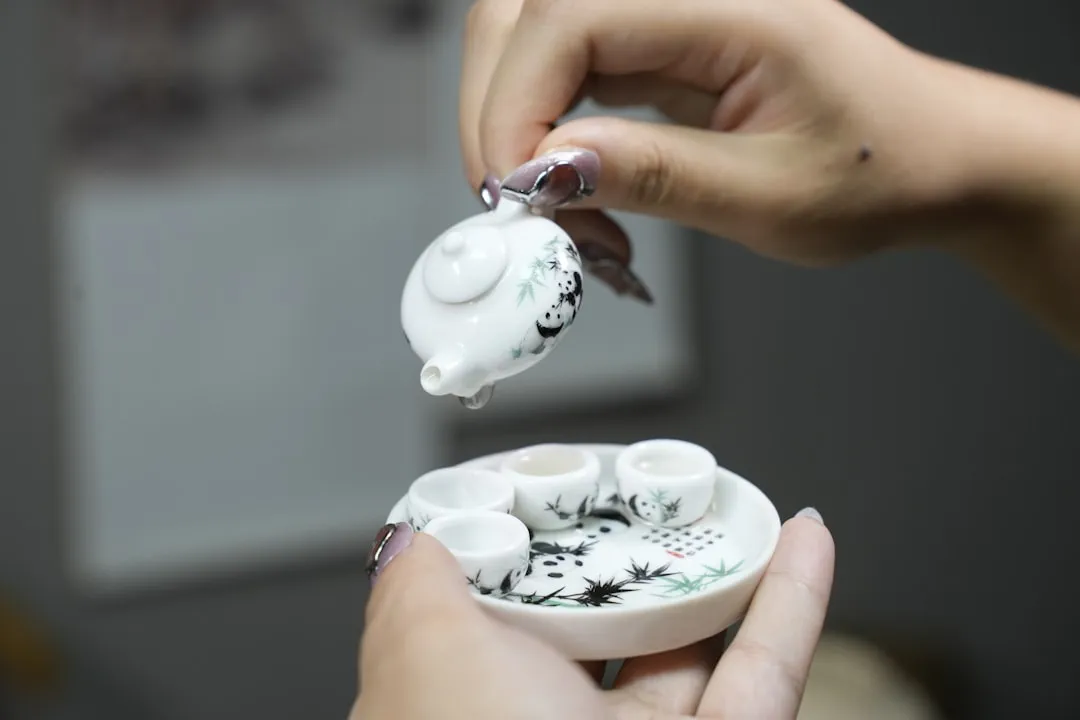
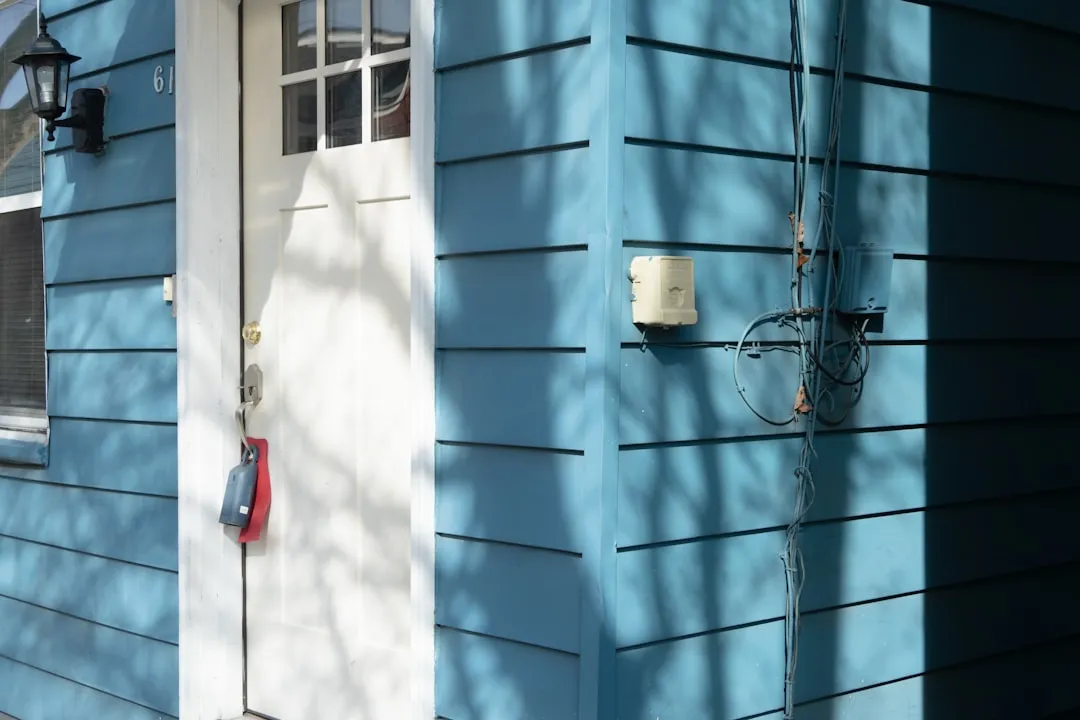
Comments
Be the first, drop a comment!